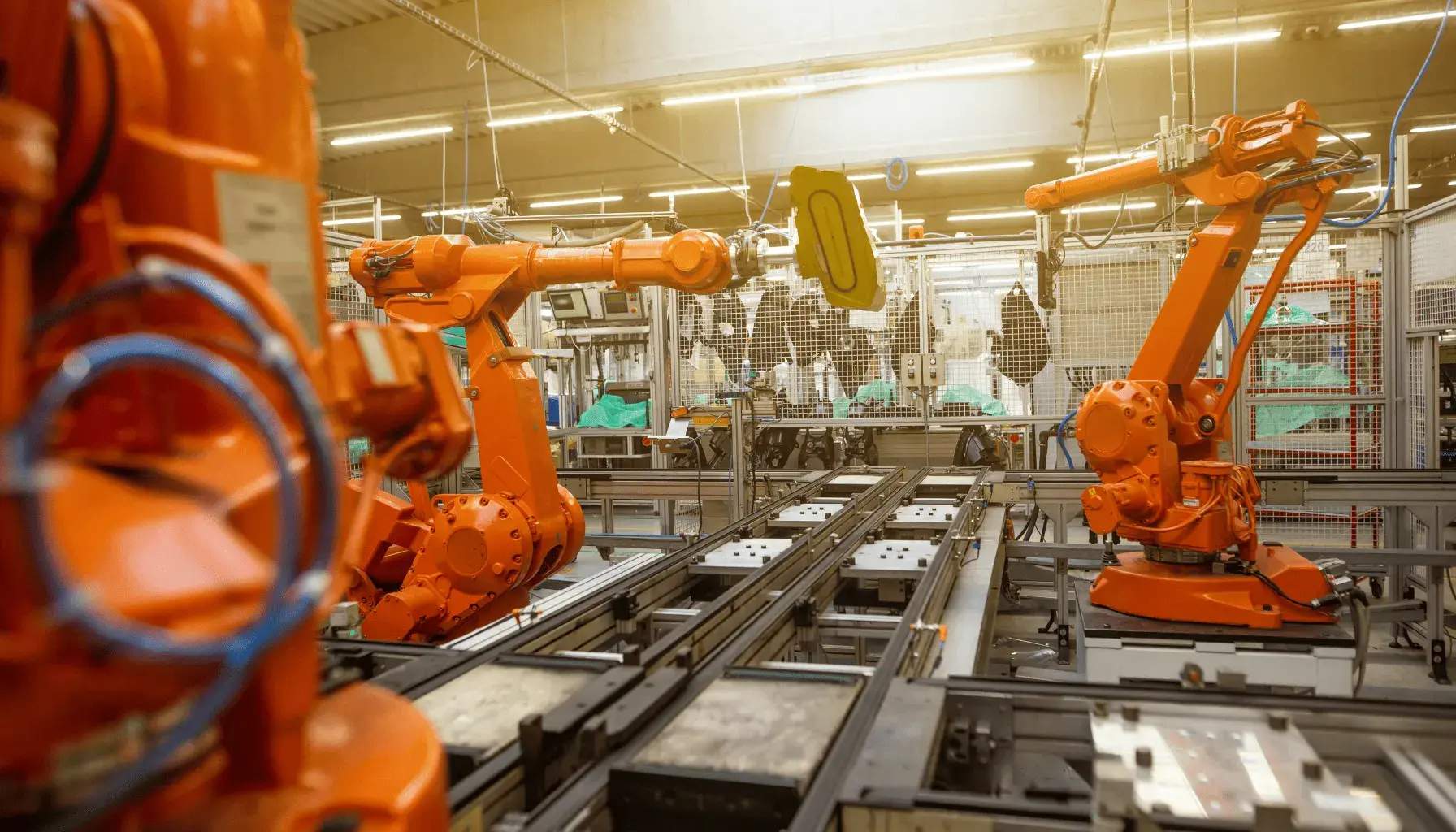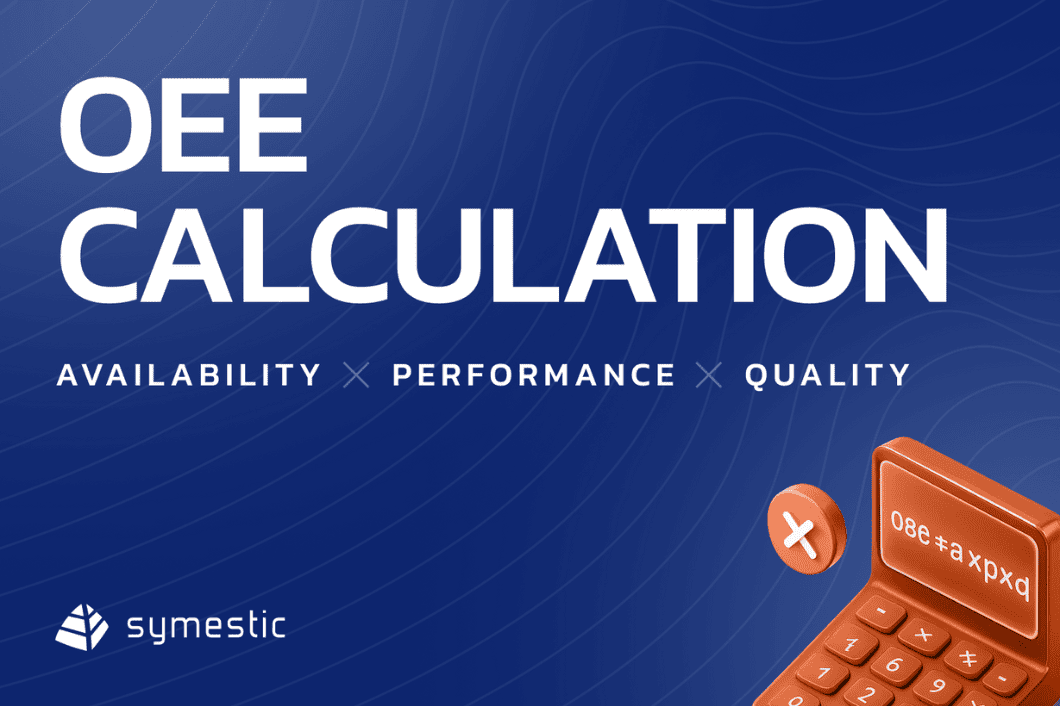Whats the difference between MES & ERP in the manufacturing industry?

MES (Manufacturing Execution System) and ERP (Enterprise Resource Planning) share similar goals, such as process optimization, but they target different levels within a company. While ERP focuses on strategic planning, MES ensures operational excellence on the shop floor.
In this article, you’ll discover their distinct roles, where they overlap, and how they work together to maximize efficiency in manufacturing.
What Does an ERP System Do?
An ERP system serves as the central nervous system of a business, integrating key functions such as:
- Financial Management (Accounting, Controlling)
- Sales & CRM
- Purchasing & Procurement
- Inventory & Warehouse Management
- Holistic Production Planning
- Human Resources
ERP ensures data consistency, automation, and enterprise-wide transparency, but it typically does not operate in real-time.
What Are the Functions of an MES System?
An MES operates at the plant and shop floor level, managing critical processes like:
- Real-time Production & Data Collection
- Detailed Scheduling & Order Management
- Quality Assurance & Statistical Process Control (SPC)
- Material Management & Traceability
- OEE Calculation & Performance Analysis
MES enables direct machine integration, delivers high data precision, and supports rapid optimization.
SYMESTIC Cloud-native MES Platform
Boost your productivity by up to 20% with the leading Manufacturing Execution System platform
Real-time Data & Analytics
Intelligent insights into your manufacturing for faster decisions
Flexible Integration
Seamless connection with all existing systems
KPI Monitoring
Optimize your processes with data-driven insights
No credit card required • 30 days free support • Ready to use in 24 hours
How Do ERP and MES Differ?
What Timeframes Do ERP vs. MES Cover?
ERP operates on longer cycles (days, weeks).
MES provides data in real-time (seconds to minutes).
What Level of Detail Do the Systems Provide?
ERP delivers aggregated data on orders and quantities.
MES captures detailed shop floor events—machine status, parameters, and quality.
What is the Focus of ERP vs. MES?
ERP targets management and administration.
MES serves production managers, shift supervisors, and operators.
How Does Data Flow Differ?
ERP → MES: Plans, bills of materials, schedules.
MES → ERP: Status, consumption, quality, and production data.
Why is There an “MES-ERP Gap”?
Different models, timeframes, and processes lead to:
- Manual data transfers
- Delayed decisions
- Lack of shop floor transparency
This gap costs money and efficiency.
How to Optimally Integrate ERP and MES?
What Does Ideal Data Exchange Look Like?
- ERP sends: Orders, material data, schedules
- MES sends: Production status, consumption, quality, OEE
What Integration Methods Are Available?
- Direct Interfaces
- Middleware / ESB Platforms
- Cloud-API-based Integration
- Hybrid Approaches with Edge Computing
FAQ
What is an ERP System?
An ERP is a software suite for enterprise-wide management of finance, procurement, HR, and production—but typically lacks real-time shop floor data.
What is an MES System?
An MES directly controls production, captures real-time data, and optimizes machine processes, quality, and OEE on the shop floor.
When Do I Need an MES Alongside ERP?
An MES is essential when processes are complex, requiring real-time data, quality assurance, traceability, or rapid responsiveness.
How Can I Successfully Integrate ERP and MES?
Use APIs, middleware, or cloud-based integration platforms, starting with pilot projects, standardized data models, and a clear focus on KPIs.
Conclusion
| ERP vs MES | ERP | MES |
|---|---|---|
| Time Horizon | Weeks/Months | Seconds/Minutes |
| Focus | Planning & Resources | Shop Floor Control |
| Data | Aggregated | Real-time |
| Target Audience | Management | Operators/Supervisors |
| Integration | Strategic | Operational |



.png)
